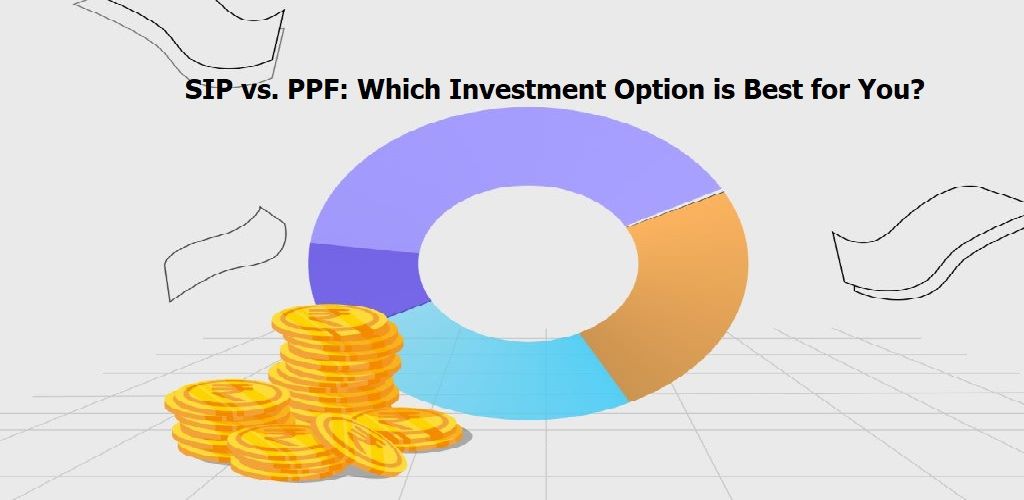In contemporary financial landscapes, the preference for post office savings accounts has surged, primarily attributable to the ease of both depositing funds and making hassle-free withdrawals when necessary. The evolution of the account-opening process into a more accessible procedure today, in stark contrast to the complexities of yesteryears, has played a pivotal role in this choice. Furthermore, the allure of earning reasonable interest on the account balance further solidifies the appeal of post office savings accounts for individuals seeking a reliable and straightforward means of managing their finances.
Understanding Post Office Savings Account
The Post Office Savings Account, administered by the Government of India, is available at every post office nationwide. This account offers fixed returns on investments, with the interest rate determined by the Reserve Bank of India (RBI). The allowable balance should be a minimum of INR 500/- for opening. Only a single account per individual is permitted, and there is no upper limit on the amount that can be deposited into a post office savings account.
The Post Office Savings Account shares numerous similarities with a standard savings account, providing a secure avenue for depositing funds. It allows for both full and partial liquidation of funds on short notice, offering flexibility for urgent financial requirements.
These accounts typically assure a guaranteed return on investment, making them particularly suitable for individuals seeking a secure investment option. They are especially well-suited for senior citizens and those desiring a consistent income without being exposed to significant financial risks.
Eligibility Criteria
To open a Post Office Savings Bank Account, certain criteria must be met, as outlined below:
- Individuals aged 10 years and above are eligible to open a savings bank account at a post office.
- The account holder must be an Indian resident.
- In the case of a minor, the guardian has the authority to open a savings account on behalf of the minor.
- Joint accounts can be opened by two or three individuals together.
- Even individuals with an unsound mind have the option to open a savings account.
- Each person is permitted to have only one individual account and one joint account at a specific post office.
Features and Benefits of Post Office Savings Account
Here are the key features and benefits of choosing a Post Office Savings Account.
- Accessibility
Post Office Savings Accounts are easily accessible to individuals as post offices are found in almost every locality, making it convenient for people to open and operate an account.
- Minimal Documentation
Opening a Post Office Savings Account typically requires minimal documentation, such as proof of identity and address, making it a hassle-free process.
- Low Minimum Balance Requirement
The minimum balance required to maintain a Post Office Savings Account is generally quite low, making it accessible to a wide range of individuals, including those with limited financial resources.
- Nomination Facility
Account holders can nominate a beneficiary who will receive the funds in the event of the account holder’s demise, providing an added layer of financial security.
- Interest Rates
Post Office Savings Accounts often offer competitive interest rates, which can vary depending on the country and prevailing economic conditions. These interest rates are typically higher than those offered by regular bank savings accounts.
- Tax Benefits
In some countries, Post Office Savings Accounts offer tax benefits, such as tax exemptions on the interest earned or tax deductions on the deposited amount under specific government schemes.
- Government-Backed Security
Post Office Savings Accounts are generally considered safe and secure as they are backed by the government. This can provide account holders with peace of mind regarding the safety of their deposits.
- Withdrawal Facilities
Post Office Savings Accounts allow account holders to make withdrawals as and when required, subject to certain limitations and conditions. These accounts often provide easy access to funds through over-the-counter cash withdrawals, checkbooks, debit cards, or mobile banking facilities.
How to open a Post office savings account?
To initiate the process of opening a savings account, it is essential to gather all the required documents mentioned above. Diligently complete the application form, ensuring accurate information, and include the necessary details for nominating a beneficiary. Although nominee details can be filled in later, it is recommended to provide them during the account opening. It is advisable to carry the original documents during the account opening process for verification purposes. Additionally, for the completion of formalities, you will need a witness.
- To open a savings account, visit the post office that is closest to you or your choice. Any post office in India allows you to open a savings account, and you are free to move your account across branches at any time.
- Complete the form, which may be obtained from any post office online or offline. There is a distinct form for elderly persons, so be sure you are receiving the correct one.
- Send in the completed form and the required paperwork.
- Once the form has been submitted, make the necessary payment to the savings account. The needed minimum amount for opening an account and the maximum balance that can be retained is INR 500/- for opening.
- After the payment is completed, your account will be opened. To maintain the activity of your account, you must complete at least one transaction per three years.
What are the deposit and withdrawal Criteria to be Followed by Customers?
Here are the deposit and withdrawal criteria that one should follow for every customer.
| Parameters | Details |
| Minimum deposit amount | Rs. 500 (subsequent deposit not less than 10 rupees) |
| Minimum withdrawal amount | Rs. 50 |
| Maximum deposit | No maximum limit |
| No withdrawal will be permitted which reduces of minimum balance | Rs. 500 |
| Interest payable, Rates, Periodicity, etc | 4.0% per annum on individual/joint accounts |
| In case the account balance is not raised to Rs. 500 at the end of the financial year Rs. 50 will be deducted as an Account Maintenance Fee and if the account balance becomes Nil the account shall stand automatically closed | |
Additional Facilities Applicable on Post Office Savings Account
To access the following features on your Post office Savings Account, please download the appropriate form and mail it to the relevant Post Office.
- Chequebook
- Net banking/mobile banking
- Aadhaar Seeding
- ATM Card
- Atal Pension Yojana (APY)
- Pradhan Mantri Suraksha Bima Yojana (PMSBY)
- Pradhan Mantri Jeevan Jeevan Jyoti Bima Yojana (PMJJBY)
Registration Process: How to Register for a Post Office Savings Account?
- Go to the official website of Indiapost.gov.in
- On the top left-hand side, you will see the “Sign In” and “Register” option. Click on the “Register” option and then click on the “Retail” section.
- When the page is opened, you will need to enter your user ID, first name, last name, hint question, and hint answer. Then, under the contact details, you will need to enter your contact details, including Address, Country, State, City / District, Pin code, Email, Mobile, and more.
- Once you have entered all the details and then click on the “Register” button to proceed with the registration.
- After completing the registration process, you will receive a message on your registered mobile number regarding the successful registration.
Tip: If you encounter difficulties with the registration process, visit the nearest post office for assistance. The customer service executives at the post office are available to help you with the registration process and will address any issues you may be facing.
How do you log into your Post Office Savings Account?
Here is the list of the steps to follow to log into your Post Office Savings Account.
- Go to the official website of Indiapost.gov.in
- On the top left-hand side, you will see the “Sign In” and “Register” options. Click on the “Sign In” option and then click on the “Registered” section.
- After that, you will see a sign-in on the right-hand side. Then, you will need to enter your User ID and Password/OTP. In the next step, you will need to click on the “Sign in” button.
- After signing in, you will see the details of your post office savings account.
Tip: if you face trouble facing difficulties in logging in, go to the nearest post office. The customer executives will help you out regarding the sign-in process.
Frequently Asked Questions
If no transactions have been recorded in a savings account for three consecutive fiscal years, the account is deemed silent. The account holder must reapply with a properly completed KYC form to bring back a quiet account.
It is feasible to switch post office branches. You must turn in the necessary application or paperwork, exactly as requested.
There are post offices that do not offer ATMs or debit cards. These services are offered by a few essential banking post offices, though. Therefore, you might request that the relevant post office branch administrator look for these amenities.
Anytime they like, the account holder may take an early withdrawal. However, each account holder must maintain a minimum balance of Rs. 500 in the post office savings account.







